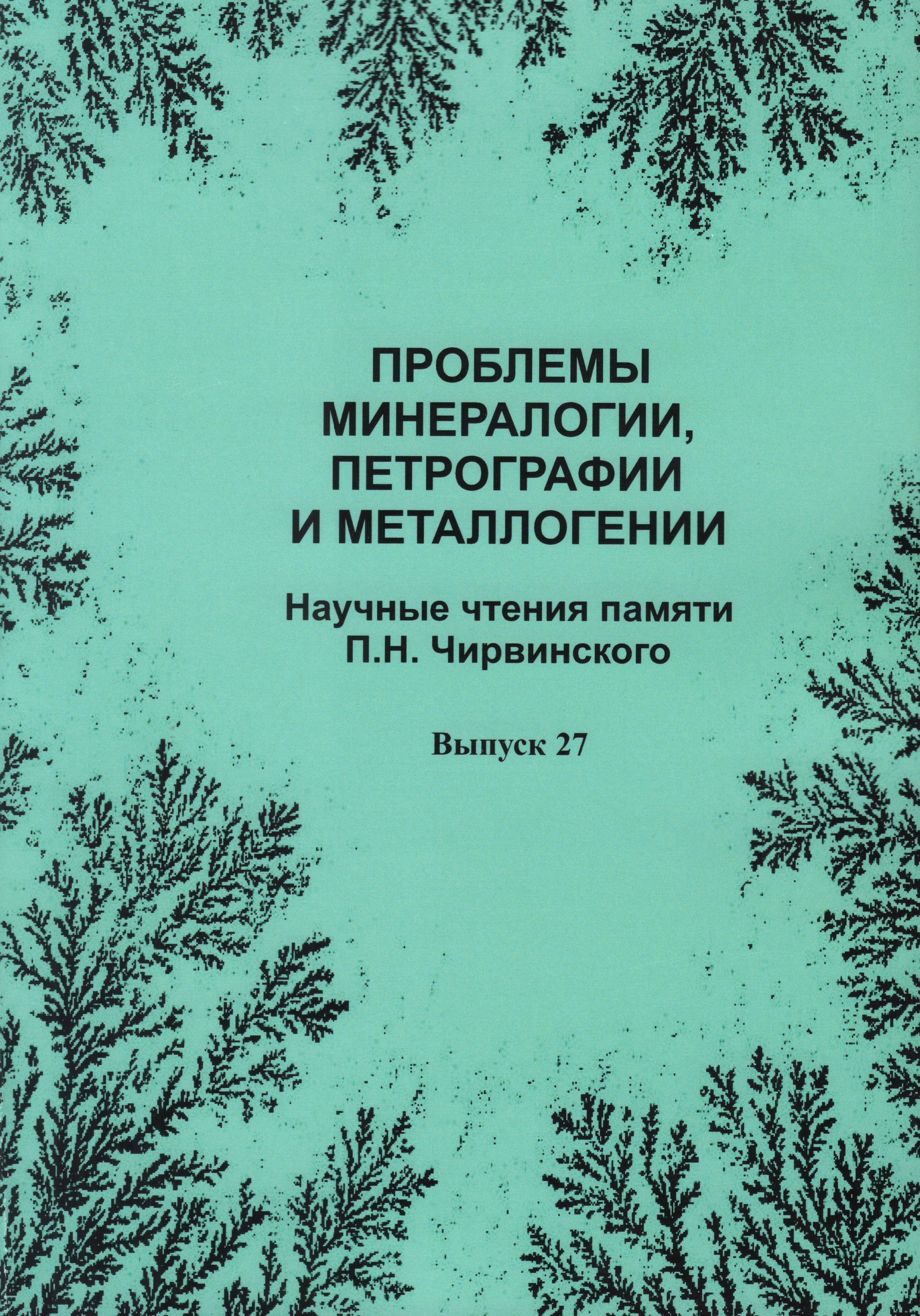Tusk of unique fossil elephant (Chelyabinsk region): mineralogical-isotopic-geochemical properties and paleoecological reconstructions
DOI:
https://doi.org/10.17072/chirvinsky.2024.125Keywords:
fossils elephant, tusk, Chelyabinsk region, mineralogical-isotopic-geochemical properties, paleoecological reconstructionsAbstract
For the first time, mineralogical, isotope, and geochemical studies have beencarried out on a Pleistocene elephant tusk from the easternmost location of this typeof mammal. The obtained data from complex mineralogical-isotope-geochemicalstudies allow us to draw the following conclusion. Judging by the properties of thetusk, the fossil elephant discovered in the Chelyabinsk region lived in conditions thatwere uncomfortable for itself in terms of climate and diet, practiced coprophagy and,most likely, died as a result of an accident. It can be assumed that it belonged to apopulation of extinct elephants that migrated east during a period of severe coolingin the middle of the Middle Valdai (Kargin) interstadial (42–38 thousand years ago),which peaked in the territory of modern Western Europe.Downloads
Published
2024-03-04
How to Cite
Silaev В. И., Yurin В. И., Kosintsev П. А., Смолева, И. В., Kiselyova Д. В., & Parshukova М. Н. (2024). Tusk of unique fossil elephant (Chelyabinsk region): mineralogical-isotopic-geochemical properties and paleoecological reconstructions. Problems of Mineralogy, Petrography and Metallogeny. Scientific Readings in Memory of P.N. Chirvinsky, (27), 125–132. https://doi.org/10.17072/chirvinsky.2024.125
Issue
Section
Статьи




